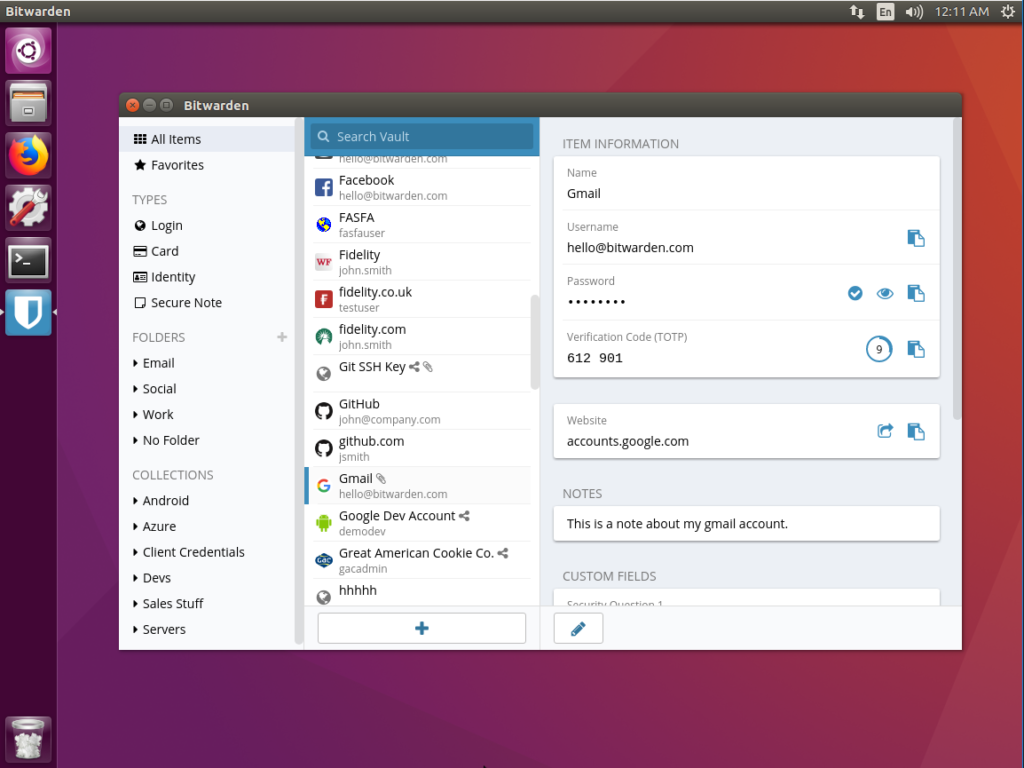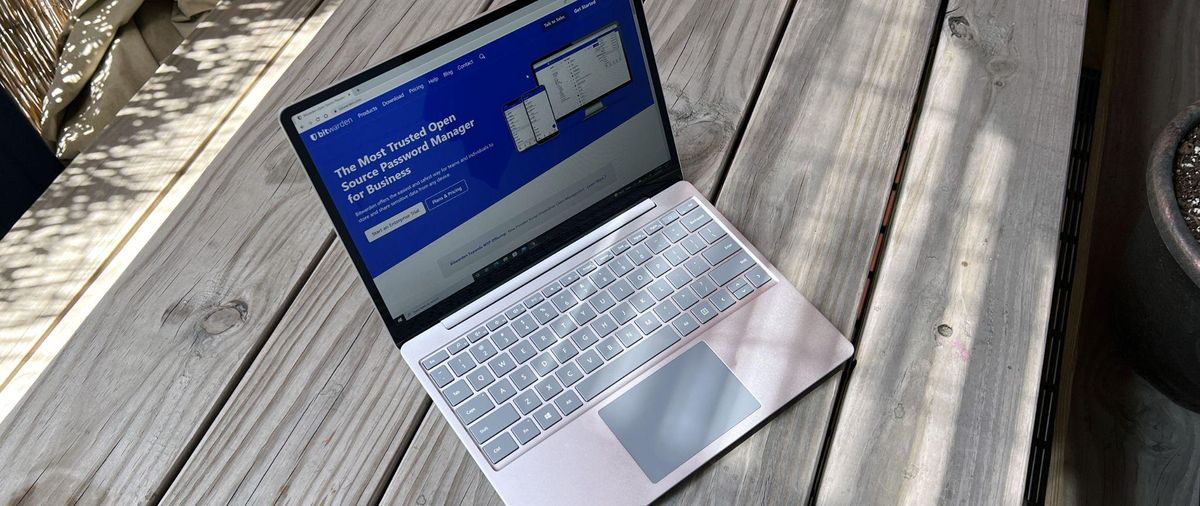



For instance, if you add 2FA (TOTP or FIDO2) to a service and end up with a new "backup code", you should immediately create a new backup. You should refresh your backups once a year or immediately after an important change. At the end of this you will have a usable Bitwarden archive and a system for creating (refreshing) backups going forward. Here is a highly opinionated guide to create a good Bitwarden backup. Part Two - Creating Bitwarden Backups Today Restoring from a backup does not overwrite any entry, which is a good thing, but this means that - unless your vault is empty - you will invariably end up with a huge number of duplicates after the restore is complete. Restoring entries creates duplicates - There is no way to restore only a portion of your vault. Even the newer encryption format, where you specify your own password, seems to also have catches and limitations. You cannot restore to a different user account, even on the same server. You cannot restore to a different server (such as self-hosting). Shared collections must be manually exported, one at a time, from the web vault.Įncrypted JSON files require the original Bitwarden server - You cannot read or restore this file without access to the Bitwarden server that created it. There may be other items that don't export either.įile attachments must be manually downloaded, one at a time. Some Items Do Not Export - The "password history" property of vault entries does not export.


 0 kommentar(er)
0 kommentar(er)
